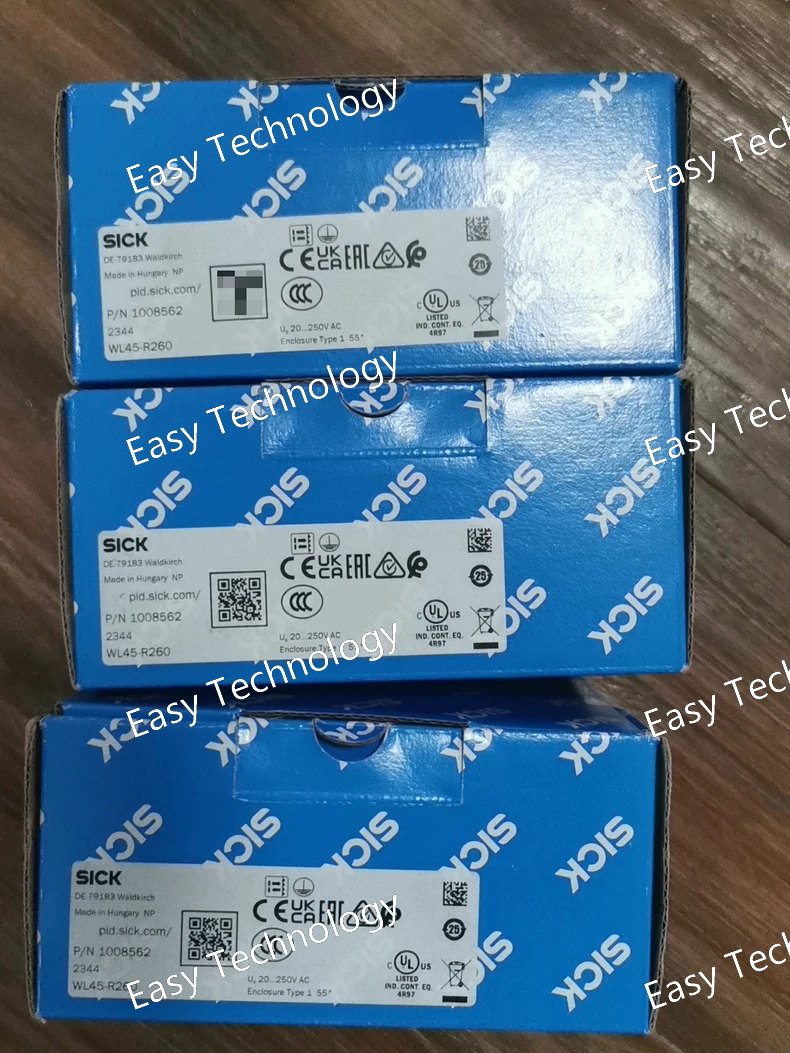The WL45-R260 is a retro-reflective photoelectric sensor, which means it uses a reflector to detect objects by measuring the amount of light reflected back to the sensor. With an impressive detection range and high sensitivity, this sensor is ideal for applications that require reliable detection of objects at medium to long distances. It is particularly useful in environments where high precision and robust performance are required.


